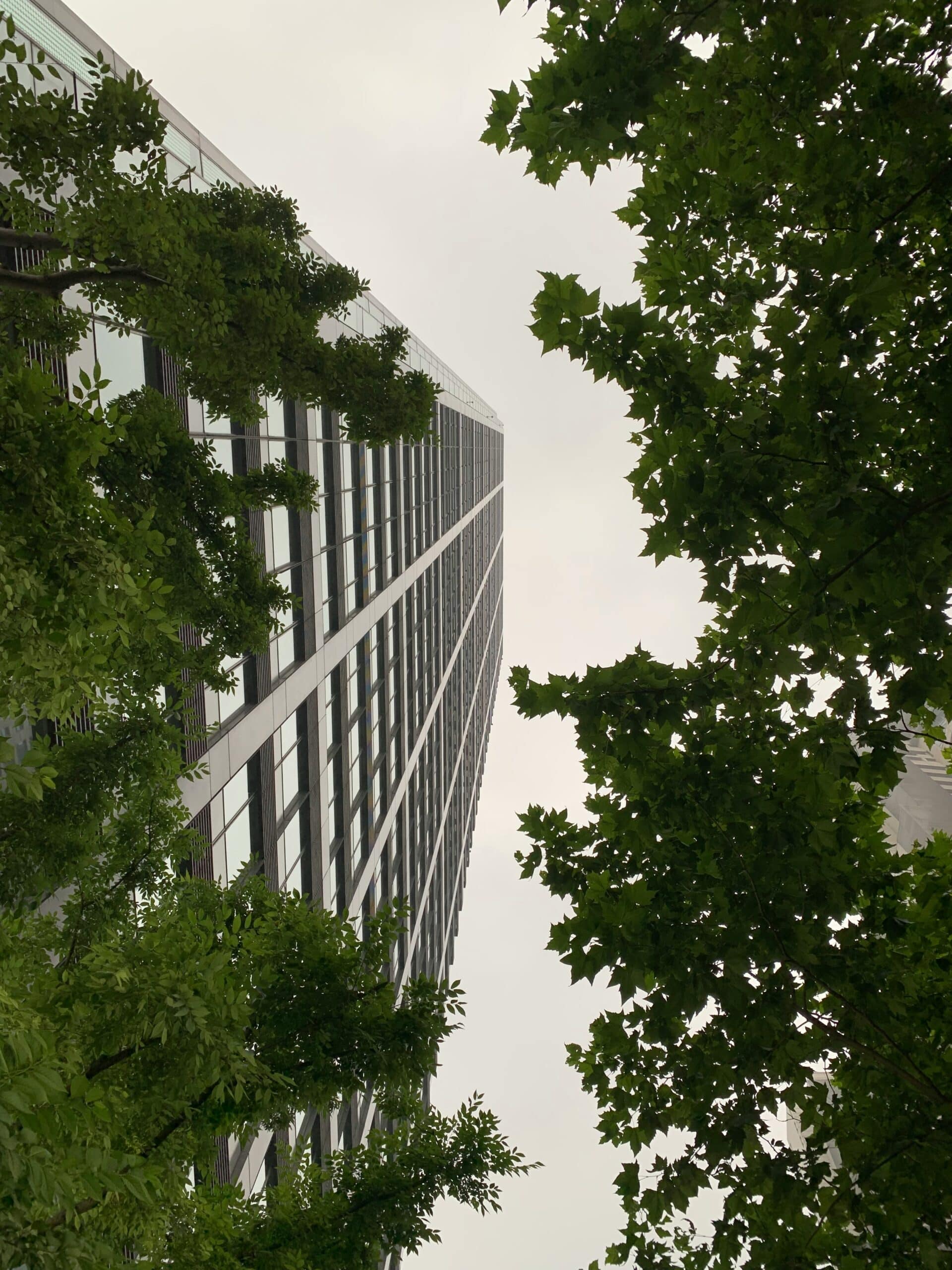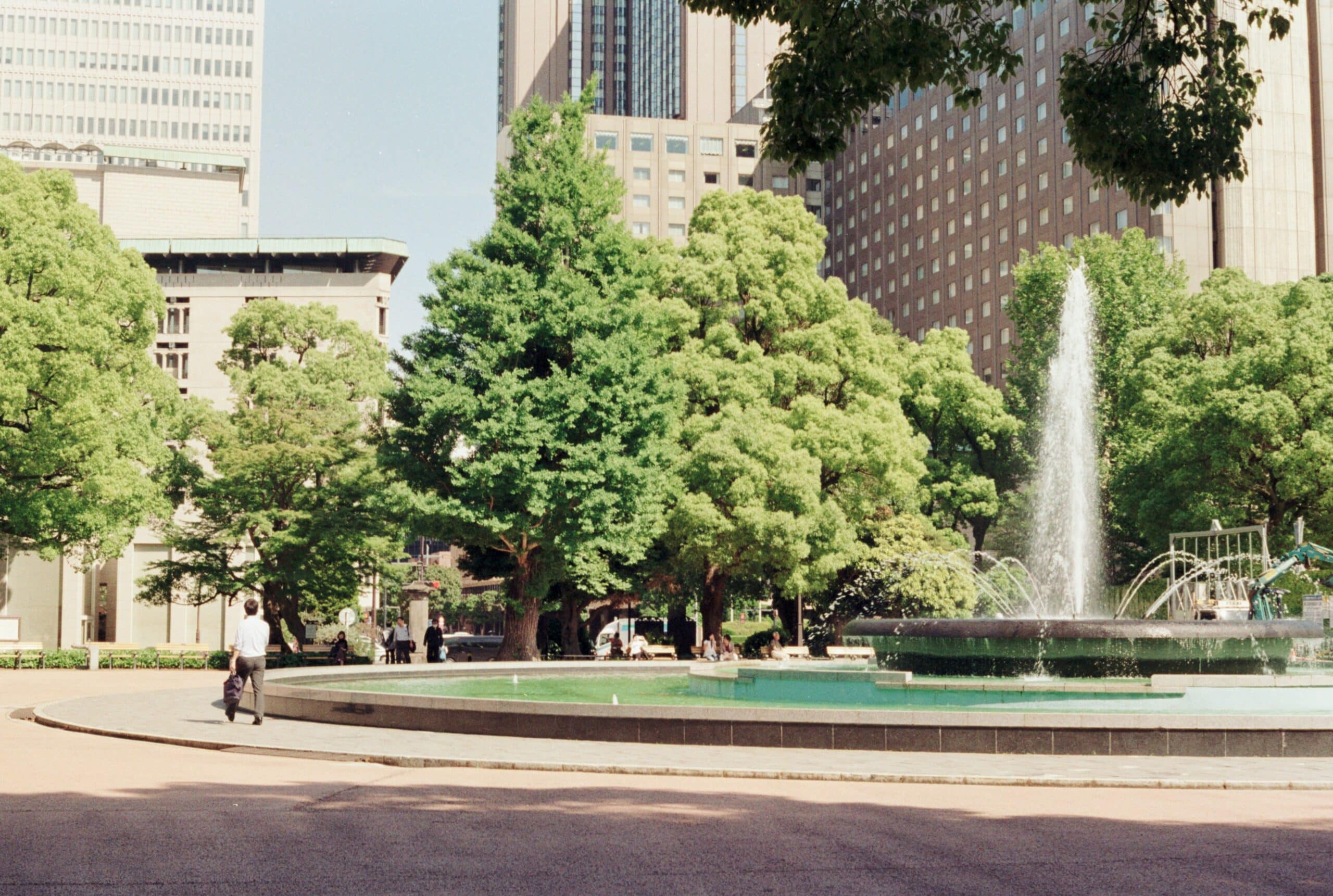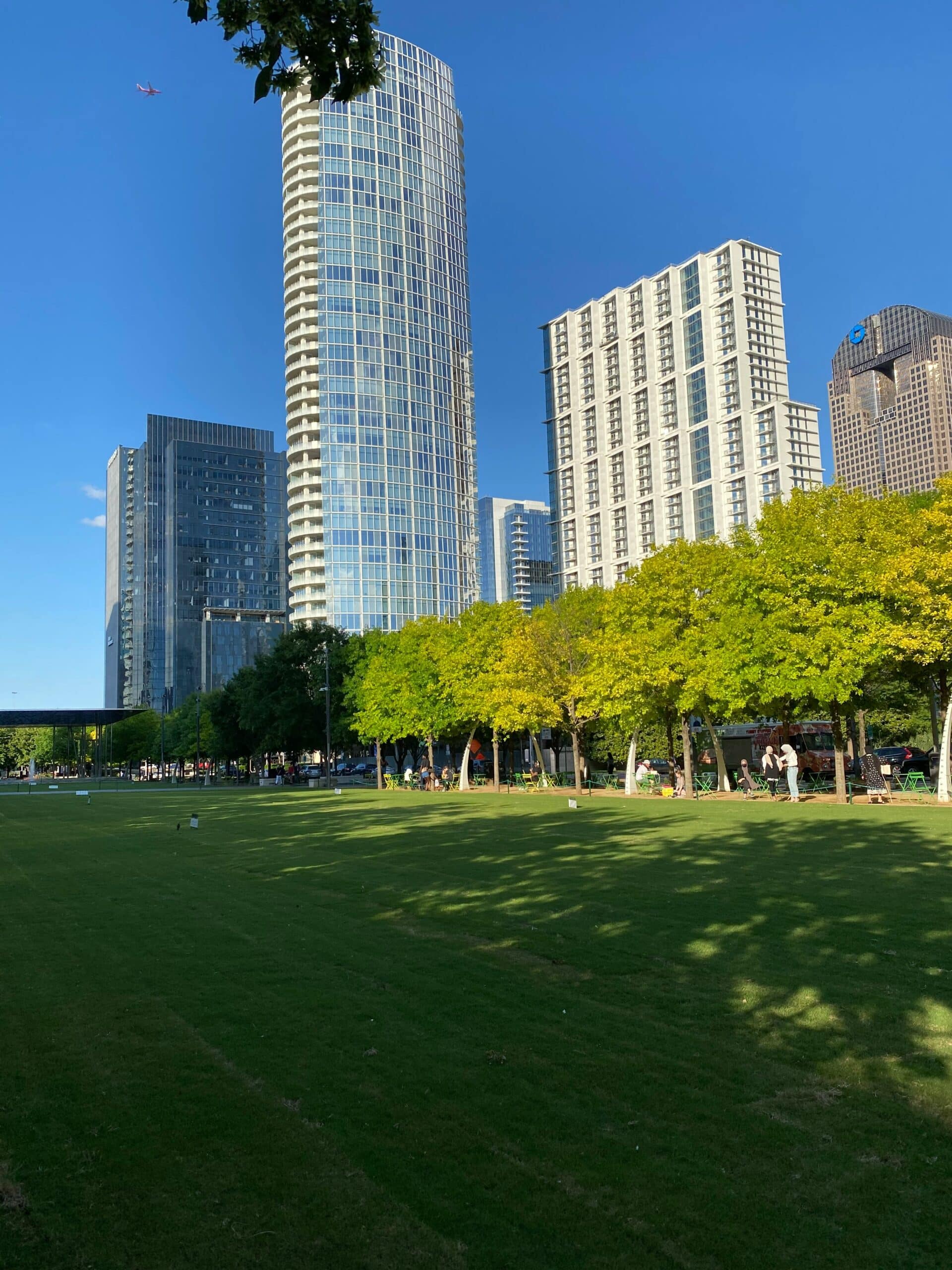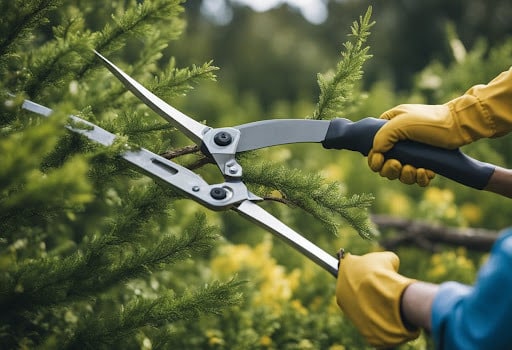
Date January 17, 2025
Category
Arlington, TX, is home to an abundance of beautiful trees that enhance the community’s aesthetic and ecological value. Adopting sustainable tree care practices not only ensures the health and longevity of these trees but also supports the local ecosystem. Residents can make impactful changes to their tree care routines that promote environmental health while maintaining their landscapes.
With thoughtful planning and proper techniques, Arlington residents have the opportunity to cultivate vibrant and resilient trees. Incorporating practices such as organic fertilization, mulching, and appropriate watering can significantly improve tree health. These strategies presented by TreeNewal foster an environment where trees thrive, benefiting both individual properties and the broader community.
Community engagement in sustainable tree care can create a ripple effect that elevates Arlington’s natural beauty and biodiversity. By sharing knowledge and resources, residents can work together to create a greener, more sustainable future, ensuring that their trees flourish for generations to come.
The Importance of Sustainable Tree Care in Arlington
Sustainable tree care practices are crucial for maintaining tree health and supporting the local environment in Arlington. Residents can take specific actions to ensure their trees thrive while addressing urban forestry challenges.
Benefits of Tree Sustainability for the Local Ecosystem
Implementing sustainable tree care has numerous benefits. Healthy trees improve air quality by filtering pollutants and releasing oxygen. They also mitigate urban heat, providing shade and reducing energy costs for cooling.
Moreover, trees support biodiversity by offering habitat to various wildlife species. In Arlington, maintaining a diverse tree canopy can enhance soil health and prevent erosion. The presence of trees also contributes to water conservation by reducing runoff through better water absorption.
Engaging the community in tree care activities promotes awareness and fosters a sense of responsibility toward the local ecosystem. These collective efforts create a more resilient urban forest.
Challenges Facing Arlington’s Urban Forests
Arlington’s urban forests face multiple challenges. One major issue is the invasion of non-native species that disrupt local ecosystems. These invasive plants often compete with native trees and can reduce overall biodiversity.
Another significant challenge is the impact of climate change. Fluctuating temperatures and erratic precipitation patterns can stress existing tree populations, making them more susceptible to pests and diseases.
Urban development also poses a threat by fragmenting habitats and reducing space for new tree growth. Furthermore, limited resources and funding for tree care initiatives hinder the city’s ability to maintain and expand its tree canopy. Addressing these challenges requires a coordinated effort from residents, local government, and environmental organizations.
Best Practices for Tree Planting and Selection
Selecting the right tree species and employing effective planting strategies are crucial for ensuring healthy growth and sustainability in Arlington’s unique climate. The following practices provide guidance for residents aiming to enhance their local ecosystem.
Choosing the Right Tree Species for Arlington’s Climate
Arlington features a climate that is characterized by hot summers and mild winters. Selecting tree species that thrive in this environment contributes to urban resilience.
Recommended Species:
- Southern Live Oak: Excellent shade tree with drought resistance.
- Texas Red Oak: Adaptable and beautiful, offering stunning fall colors.
- Crepe Myrtle: Provides vibrant blooms in summer and thrives in heat.
Residents should consider factors such as soil type, space available, and intended use (e.g., shade, aesthetics) when choosing the right trees. Utilizing native species not only supports local wildlife but also reduces the need for excessive watering and maintenance.
Strategies for Successful Tree Planting
Proper planting techniques ensure trees establish strong root systems and minimize stress.
Steps for Planting:
- Site Selection: Choose an area with adequate sunlight and space for the tree’s mature size.
- Soil Preparation: Amend the soil with organic matter to improve drainage and fertility.
- Planting Depth: Ensure the root crown is level with the ground surface, preventing moisture retention around the trunk.
It is advisable to water trees thoroughly after planting and mulch around the base to retain moisture. Regular monitoring for pests and diseases will help promote long-term health and sustainability. Adopting these practices fosters a thriving urban forest ecosystem.
Maintenance Techniques for Tree Health and Longevity
Effective maintenance techniques are crucial for ensuring the health and longevity of trees. Proper practices can significantly enhance tree resilience, reduce disease susceptibility, and support local wildlife.
Proper Watering and Mulching Methods
Watering practices directly influence tree health. Trees typically require deep watering at their root zones, promoting deeper root growth. A general guideline is to water young trees once a week, providing about 10 to 15 gallons each time.
Mulching is equally important. It conserves moisture, suppresses weeds, and regulates soil temperature. A layer of 2-4 inches of organic mulch, such as shredded bark or wood chips, should be applied around the base, keeping it a few inches away from the trunk to avoid rot.
Regularly check moisture levels and adjust watering practices according to seasonal changes. Evaluating soil texture and drainage is vital, as clay soils may need less frequent watering than sandy soils.
Pruning and Managing Tree Diseases
Pruning is essential for maintaining tree health. It involves removing dead, damaged, or crossing branches to enhance sunlight penetration and air circulation. This practice encourages healthy growth and reduces the risk of disease.
Timing is crucial; pruning should typically occur during the dormant season, late winter to early spring. Use clean, sharp tools to make precise cuts, minimizing damage to the tree.
Disease management requires vigilance. Regular inspections for early signs of issues—such as discoloration or unusual growth—are vital. If a disease is suspected, identify it promptly and consult with a local arborist for appropriate treatment options, including organic solutions when feasible. This proactive approach ensures trees remain healthy and vibrant within the Arlington ecosystem.
Community Involvement and Education
Engagement in local tree care initiatives enhances environmental stewardship among Arlington residents. Access to resources and educational opportunities is vital for promoting sustainable practices.
Local Resources and Organizations for Tree Care
Arlington hosts various organizations focused on tree management and education. The city’s Urban Forestry Program offers resources such as tree care manuals and best practices for maintenance.
Additionally, the Arlington Parks and Recreation Department collaborates with local non-profits to promote tree planting and care initiatives. These organizations often provide access to native tree species suited for the area’s climate and soil.
Residents can also connect with the Texas A&M Forest Service, which offers technical advice on tree health and sustainability. Participation in local initiatives can strengthen community ties and improve the city’s green infrastructure.
Workshops and Training for Residents
Regular workshops and training sessions empower Arlington residents with knowledge about tree care. The Arlington Public Library hosts educational events that cover topics such as proper pruning techniques and pest management.
A program led by Master Naturalists offers hands-on training in sustainable practices. Participants learn about native flora and methods that support the local ecosystem.
Community members are encouraged to participate in tree care classes offered through local schools and community centers. These workshops not only provide essential skills but also foster a sense of community dedication to maintaining healthy trees.
Storms and urban development pose challenges to Arlington’s beautiful tree canopy, but adopting sustainable tree care practices can help protect these vital resources for generations to come. By focusing on organic fertilization, mulching, proper watering, and regular maintenance, residents can ensure their trees thrive while supporting the local ecosystem. Community involvement and educational initiatives further enhance Arlington’s resilience and green infrastructure.
For expert guidance on sustainable tree care in Arlington, trust TreeNewal. Serving the Dallas and Fort Worth Metroplex since 2017, TreeNewal’s ISA-certified arborists provide tailored solutions to nurture your trees while preserving environmental health. Let TreeNewal be your partner in creating a greener, more sustainable Arlington. Contact them today to begin your journey toward healthier, more resilient trees.


